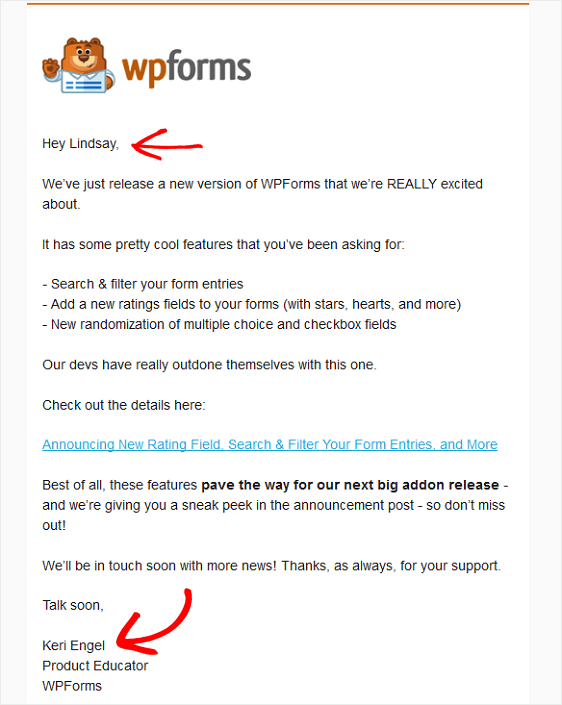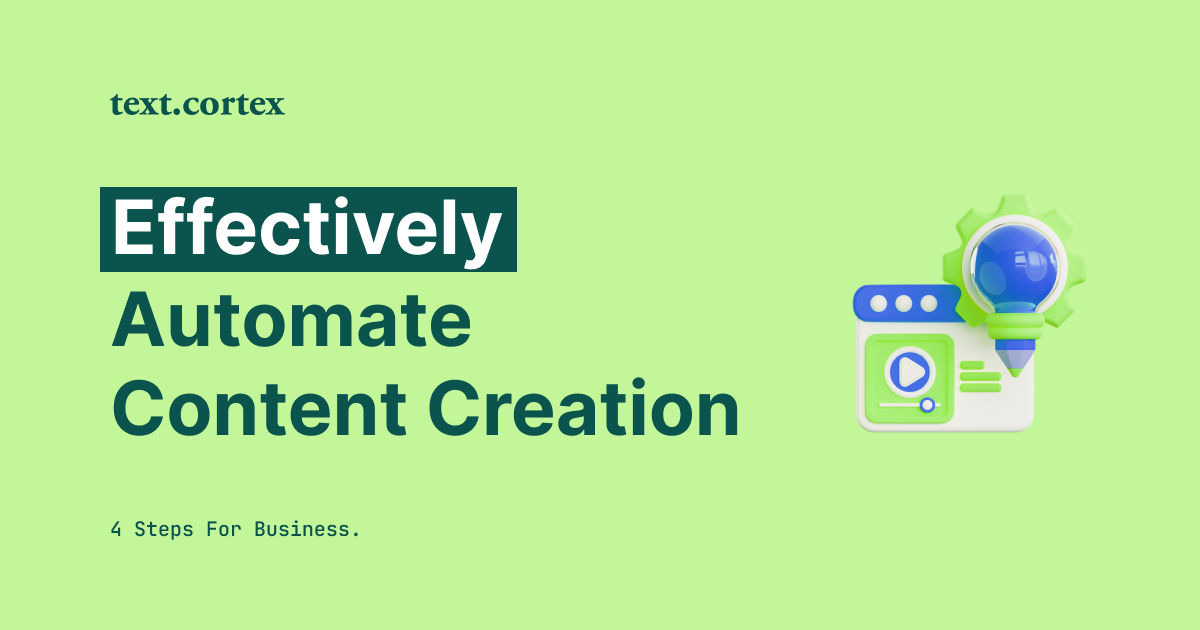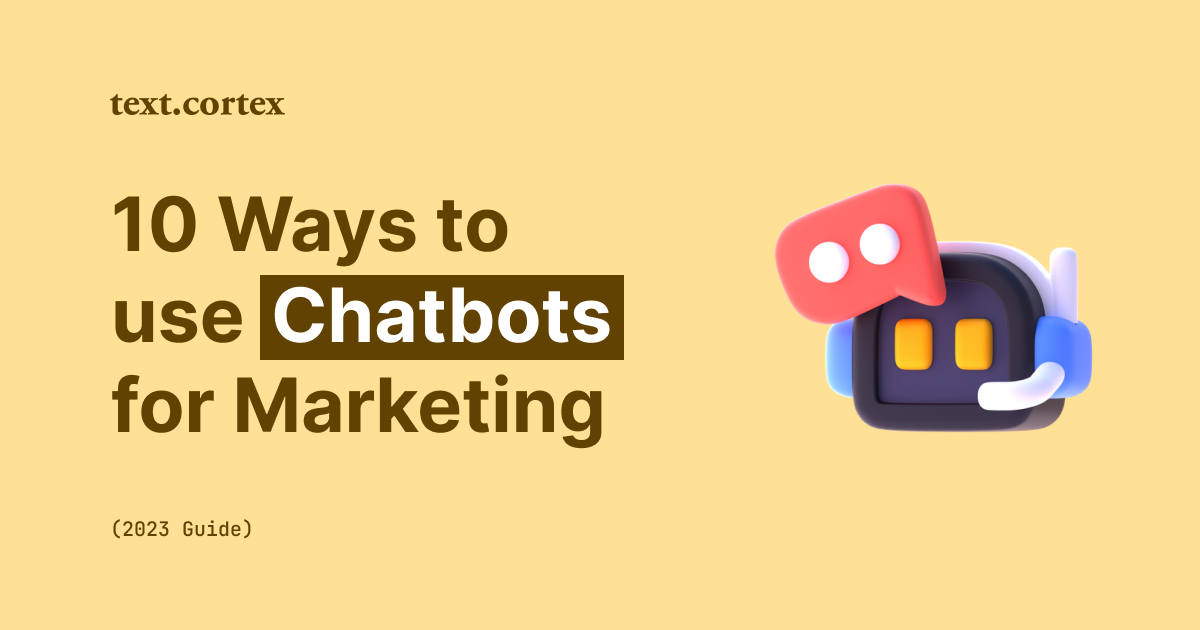Do you feel overwhelmed by the repetitive daily tasks you handle in your content marketing execution?
It doesn't matter if you're just getting started or if you're an experienced marketer still looking for the optimal content strategy, we are all experiencing the same problem — the lack of time.
Content writing requires a lot of manual and tedious work that can steal your free time without even noticing it.
And this can become a real-deal issue, considering that an unorganized schedule and missed dues are key elements that can destroy your writing career for good.
To help you solve this problem in the long run, we compiled a list of actions that will show you how to effectively automate the content creation process and take your business to another level.
Let’s get started!
What is Content Creation Automation?
Content Creation Automation is a writing technique that helps you identify and handle repetitive writing tasks with little to no effort.
If we add to the lack of writing time a writer’s block phenomenon that affects writers of all ranks, we can safely assume that assistance is more than welcome.
Content creation automation is in charge of preventing unexpected leaks of creativity while keeping your content calendar on track.
The primary goal of this approach is to reduce your writing time while producing content at scale with consistent quality.
By automating your content creation, your audience will know that you are always at the top of your game and lay the foundation for developing a good reputation in the field.
Now, let’s jump straight into steps on how to automate content creation to improve its quality and deliver it in bulk.
How To Automate Content Creation — Effortlessly Handle Your Content Using These 4 Steps
1. Automate Your Copywriting
Let's take a step back and consider what type of content copywriter or a store owner needs to maintain product offerings up-to-date. There are 3 primary copywriting types:
- Direct response
- Sales promotions
- Advertising
For example, if you plan to launch your new product, you need to update your product list with product description, generate a copy for your landing page, and promote it on social media.
Each of these copies requires a different writing style, content form, and tone of voice. Let’s see some examples on product copies:
- Website product description copy

- Landing page CTA

- Facebook Ad

That further leads us to believe that a single product or service launch requires the entire writer's team to succeed, doesn't it?
Professional writers, however, can be pricey and drain your finances before you even start making money.
So, what to do?
Nowadays, even the most successful businesses utilize AI writing tools such as TextCortex in their writing strategy.
This is because most of them are focused on a broad range of writing demands, cost less money, and cut your writing time by about two-thirds.
In addition, most AI writing tools offer copywriting templates to generate desirable content such as product descriptions, ads, social media posts, youtube captions and more.
Other AI tools like TextCortex, on the other hand, in addition to templates offer you to generate your own templates for future use.
Pro Tip: TextCortex, in addition to its web features for content generation, also offers a Chrome rewriter extension that provides the flexibility of content generation within any textbox.
For example, if you need to generate product descriptions on the spot, you don’t have to switch between windows to get desirable content output.
Write your features in the form of bullets, highlight them, click on the logo and choose the ‘Autocomplete’ feature.
The best part is that you can also utilize the Chrome extension within the TextCortex web application.
This will allow you to generate different content templates to use in the future without starting from scratch.
2. Automate Your Content Writing
Unlike copywriting, content writing can be much more complex regarding topics, length, and style. Here are the most frequently used content forms:
- Blog articles
- Video or podcast scripts
- Ebooks
- White papers
- Press releases
- And more.
We use content writing to educate and entertain our readers primarily. Thus, our content must be compelling and aligned with the reader's intent to attract enough attention.

But, as we mentioned earlier, the inspiration is not always at our service — especially in the long-form content.
Why is that?
- Long-form content requires a lot more time to craft than copywriting.
- The tone of voice we use in content writing can be anything but salesy.
- Most of the topics writers need to create for a project are not their dream-come-true subjects.
This implies that every content writing form depends purely on inspiration, and that is extremely hard to take under control.
However, most AI writing tools are designed for that purpose — to keep the juices flowing even when the creation process is sloppy and hard to handle.
How to automate content writing?
Some content writing tools such as TextCortex, utilize features for blog writing that produce long-form content based on the keywords and blog title you provide.
For example, TextCortex offers 3 available features to generate long-form content for any purpose.
Pro Tip: To generate your blog post with TextCortex extension, all you need is to go with a 5-word idea and highlight it.
Click on the logo, specify language (72+ languages are available), text length ( S-100, M-200, L-300 words) and hit the ‘Blog body’ feature to create.
With the extension, you can generate your blog posts on 30+ online platforms such as Facebook, LinkedIn, Notion, Gmail, Hemingway, etc.
However, if you prefer to save it for future use, you can always create your blog posts as projects within the TextCortex web application.
Its editable canvas will allow you to import pictures and edit and format your text according to your preferences.
3. Automate Your Emails
Emails are the primary form of communication with our prospects and customers. And as one of the primary content forms in a sales funnel, it deserves special attention.
Believe it or not, the statistics say that 99% of email users check their email every day, up to 20 times a day.
Additionally, 79% of B2B marketers believe email to be the most effective medium for distributing content, and 77% of B2B organizations employ emails as part of their content marketing strategy.
But it’s not only enough to craft your email and expect it to finish the job for you.
A successful email strategy requires personalization on each sequence of the outreach.
Imagine crafting your nurturing and cold emails every time a schedule requires it.
Not to mention customer responses that require quick and effective replies within minutes.

So, how to automate emails?
For starters, you can utilize email templates. The web is flooded with free ebooks offering all sorts of email templates that you can download and adjust to your needs.
In case you need inspiration, you can try this ebook with cold email templates for free.
The second, more effective way is to create your own templates by generating emails with AI writing tools.
Email features offer you to craft email subject and email body, as well as the outreach, support, and cold emails generation based on reachout reason.
Pro Tip: To write your emails without leaving the application, you can utilize TextCortex’s ‘Bullet to email’ feature within the rewriter extension.
Similarly to features we mentioned earlier, form important takeaways for your email in the form of bullets, select them, click on the logo, and hit the ‘Bullet to email’ option.
You will receive your customized email in just a few seconds, which you can edit or recreate as often as necessary.
4. Automate Free Writing Creation Process
Let’s not forget that any type of writing is a form of content.
When you start writing for business purposes, the primary focus is to get the most out of your content to sound more professional and engaging.
But, with time, you notice how many things in daily communication require improvement — personal messages, informal emails, and even conversations.
Luckily for you, AI writing tools can help with that too.
For example, you can use the TextCortex rewriter extension to rewrite your sentences and paragraphs in bulk.
This feature is convenient, especially if you are too lazy to think about the context of your sentences.
Write your paragraphs, select the portion of the text or a whole thing, click on the logo, and hit the ‘Paraphrase' feature.
Most AI writing tools are designed to generate text by recognizing patterns and calculating the most reliable outcome. That ability allows AI tools to pull the best context out of your text.
How To Automate Content Creation With TextCortex
Automating content creation can spare 80% of your writing time, allowing you to focus on other aspects of your business — developing a content plan, researching audience and competition, etc.
Not to mention that the writing process can finally become fun and exciting even if the subject of the content is not in your favor.
And if you still don’t have an AI writing tool at your disposal, or you are using one, but you are not satisfied with its abilities, we suggest you try to automate the content creation process with TextCortex.
TextCortex extension enables you to stop overthinking your writing while quickly creating any content form.
As an all-in-one tool available as a web application and Chrome extension, it can arm you with features to develop your content and writing skills in no time.
That includes blog posts, product descriptions, ads, emails, social media posts, youtube captions, and more.
In addition, by utilizing the TextCortex extension in your workflow, you can:
- Rewrite your content for better context
- Expand your text for more information
- Generate emails from bullets
- Create blog posts from a single sentence
- Improve your writing skills on 30+ online platforms
Ready to start automating your content creations?
Download Chrome extension to get 15 daily creations and explore different aspects of writing with TextCortex.




